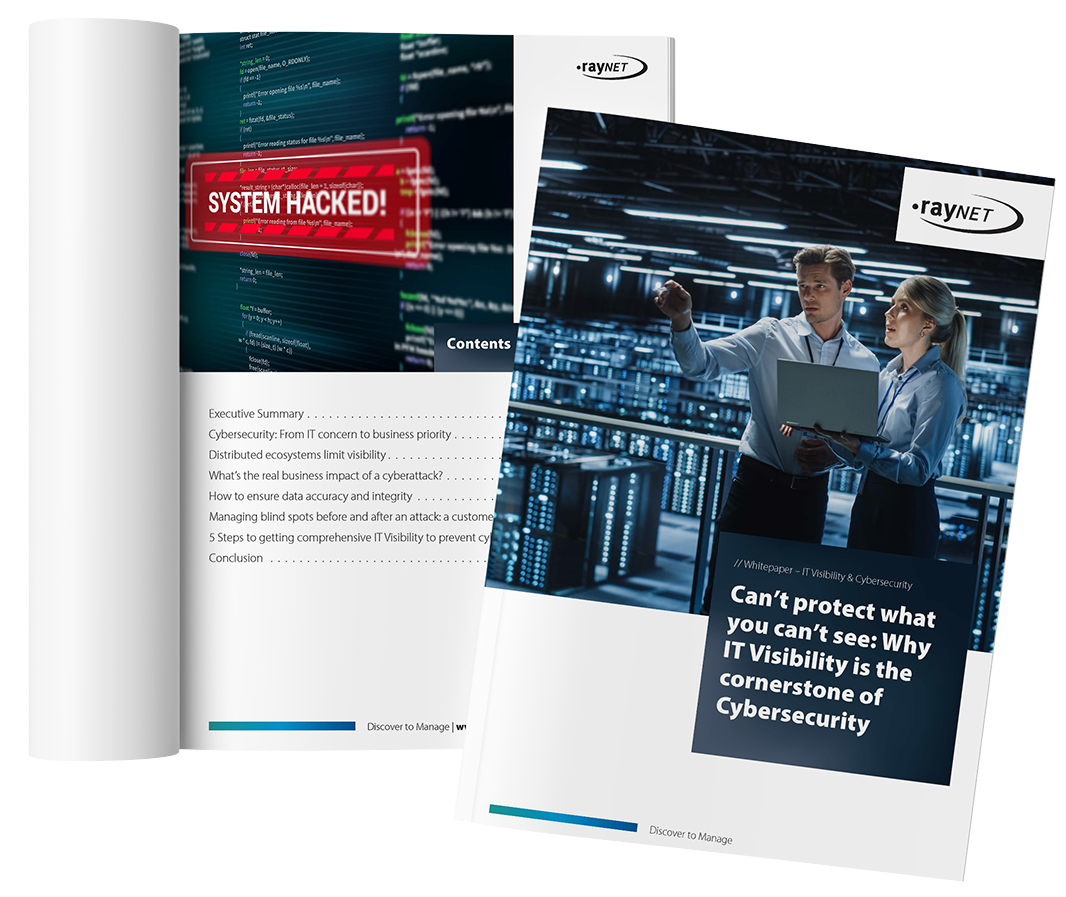Ensure cybersecurity & maintain creditworthiness: Why S&P cares about IT Asset Management
Reading time: 4 minutes
September 6th, 2023 | Blog
The latest report from S&P, the global credit rating agency, is an important reminder that you can only secure your business IT with an ITAM program and complete IT visibility. The report, titled, Cyber Risk Insights: IT Asset Management is Central to Cyber Security, argues that,
IT Asset Management is foundational to effective cyber security. Its absence at an organization can be indicative of flawed cyber-risk management and could weigh on S&P Global Ratings’ view of an entity’s creditworthiness.
But why should a credit rating agency care about IT Asset Management?
It’s all about the money. The average cost of a ransomware attack is now at $4.54 million. A 2020 report from Cybersecurity Ventures predicts, however, that the total cost of cybercrime will rise to $10 trillion annually, only slightly less than the world’s two largest national economies, the US and China.
Cyberattacks are costly; they fundamentally disrupt and organization’s ability to do business. When an attack is successful, organizations lose access to critical business data. Ransomware attacks are some of the most common cybercrimes, with around 623 million such attacks globally in 2021 alone. Attackers encrypt customer or infrastructure data and only decrypt it after a ransom has been paid. If the data can’t be restored, then organizations lose time, effort, and investment rebuilding those databases, and bringing their products and services back up to speed.
Author:
Related links:
Share blog:
Can't protect what you can't see: Why IT Visibility is the cornerstone of cybersecurity
In this whitepaper, we’ll show you how blind spots can weaken and even threaten your infrastructure. But we’ll also show you how IT Visibility can:
- Improve your security strategy
- Reveal hidden gaps and blind spots in your existing security measures
- Maintain business flexibilities
- Ensure your competitive edge
When business fall behind their competitors and suffer damage to their reputations, naturally they become less creditworthy.
S&P reminds us that visibility is the key to protecting your environment and ensuring creditworthiness. They write,
For a cyber security system to be effective it must know what it is meant to protect. At large organizations that can include thousands of connected devices, such as laptops and mobile phones, as well as multiple operating systems, software systems, and networks.
The size and complexity of an enterprise IT environment is perhaps the largest barrier to ensuring cybersecurity. But with the right solutions and services, you can
- Get an overview of all the devices connected to your network
- Create a complete inventory of all the software in your environment
- Provide information about the vulnerabilities in your estate
If you want to learn how IT Asset Management and IT Visibility can significantly improve your cybersecurity, check out our latest whitepaper.
Author:

Senior Product & Marketing Manager
Related links:
Share this blog post:

